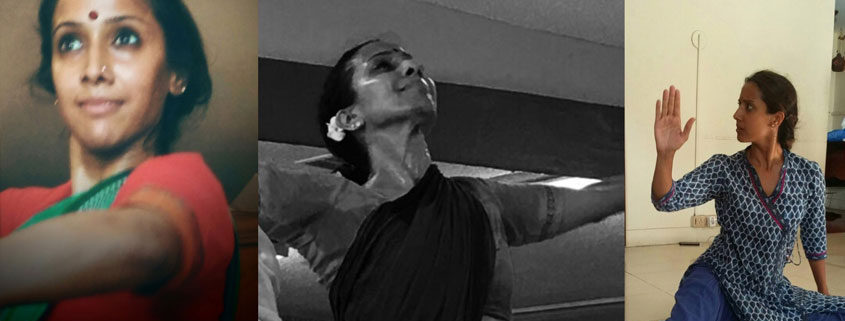Sanctuaries 2016; part 2 – beginning choreography
The challenge in this piece is in both embodying the characters (most of whom are animals), and also in communicating what they represent. The piece opens with the “dance of the Scientist.” In creating this, I have to ask myself the following questions: what are the associations with scientist?
what is the role the scientist plays in the bigger picture of this story? I.e. What does the scientist symbolize in this allegory?
Generally, I have had no problem with science and research using animals, as I realize it helps finding cures to so many health issues and diseases.
But as I create this piece, my feelings are changing…..
My own research about treatment of lab animals, particular mice is what had given rise to this new narrative. The more I read (particularly one PETA article), the more I am convinced of the allegory where the poor lab mice are not much different to the tortured refugees.
More than 100 million mice and rats are killed in U.S. laboratories every year. They are abused in everything from toxicology tests (in which they are slowly poisoned to death) to painful burn experiments to psychological experiments that induce terror, anxiety, depression, and helplessness.
Mice and rats are mammals with nervous systems similar to our own. It’s no secret that they feel pain, fear, loneliness, and joy just as we do.
But even though these animals feel pain and suffer as much as dogs, cats, and rabbits do, they are excluded from the meager federal Animal Welfare Act provisions that extend at least some protection to these other species. Because mice and rats are not protected by the law, experimenters don’t even have to provide them with pain relief.. A 2009 survey by researchers at Newcastle University found that mice and rats who underwent painful, invasive procedures such as skull surgeries, burn experiments, and spinal surgeries, were given post-procedural pain relief only about 20 percent of the time.
Deeply disturbed, but increasingly invested in the context, I begin choreography.
The hardest part is not portraying the Scientists as “villains.” It’s hard when you have the “oppressed” to not turn the “oppressors” into villains. But in the case of the Scientists, they believe in their science, their purpose, and are so focused on finding answers, that they are not empathetic to the suffering they are causing. What do these characters share with their allegorical parallels…..the (*gulp*) Nazis?
A lot of Nazi belief in homogenizing their society had basis in Scientific racism, which employed anthropology to classify humans into superior and inferior categories. Though, this is not the MO of the “Scientist character”, there is a definite marginalization and classification of animals seeing as how mice are excluded from the Animal Welfare Act that does not require the animals to be given post-procedural pain relief. There is a word for de-humanization, but is there a word for de-living-creature-ization?
Now when it comes to finding movement to portray these Scientists, what are the things I have to keep in my mind? As churn out various drafts of movement choreography sequences, this is what seems to be coming: Structure, Linearity, Rigidity, and Superiority.
Also, since the Scientists are only oppressors when it comes to the treatment of the poor lab mice, they have to be portrayed in contrast to the emotions of the tortured animals. Therefore, the opening which I call to myself “ the dance of the Scientist” is actually “the dance of the oppressor and the oppressed.” The qualities of the latter are more emotional and fluid. It also would make sense that the movements of the two characters are linked so that the fluid movements of the oppressed are the reactions to the linearity and rigidity of the oppressor.



